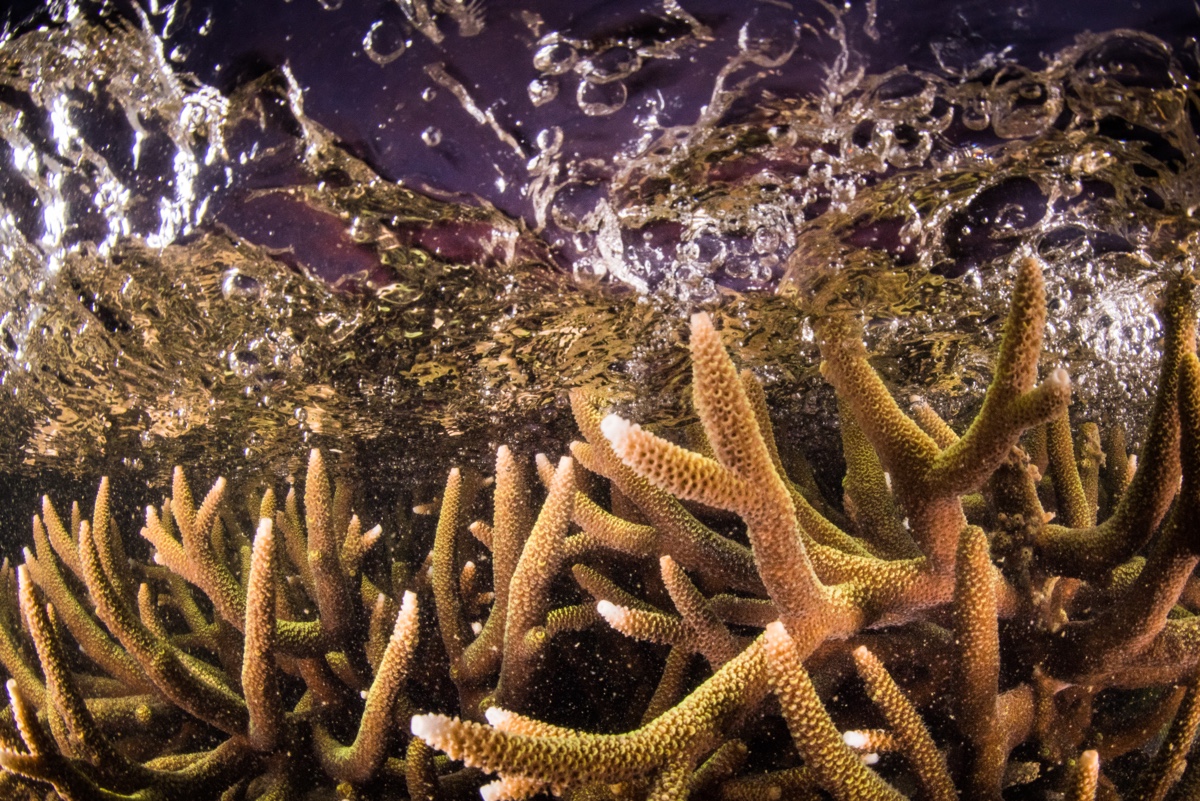Are These Corals Feeding, Or Is This an Underwater Dance Party?
Watch this coral wave its hands in the air like it just don’t care! But actually, it probably does care, and those aren't really hands — they’re the tentacles of coral polyps.
Although it might look like a sped-up underwater dance party, those tentacles are swinging around looking for food. Coral polyps are the tiny creatures that live in large colonies that make up an entire reef structure. At night, the polyps stretch their long tentacles out of their skeleton to capture the floating plankton they eat, according to the Florida Keys National Marine Sanctuary.
This video is a series of time-lapse clips showing how new polyps feed and develop as the coral structure gets bigger. Peter Kragh, a natural history cameraman, filmed the clips in an aquarium in San Diego over a period of 1 to 3 weeks. [Photos: The Secret Lives of Corals]

"Maybe the most interesting part of the video is seeing how the new polyps seem to appear out of nowhere and start growing," Kragh told Live Science in an email.
The coral in the video is a type of staghorn coral (Acorpora sp.), a hard coral made of calcium carbonate that's deposited by the polyps. Hard corals like this one are responsible for making up the rocky-like structure of a coral reef. The polyps' tentacles are tinted neon green because of tiny algae called zooxanthellae that live inside the polyps and produce bright pigments. Without the zooxanthellae, the polyps would be colorless. [Pretty in Pink: Photos of Bubblegum Coral]
While ocean acidification and increasing temperatures are threatening many coral reefs in the world, according to the Coral Reef Alliance, coral can be resilient. In the seventh clip of the video, labeled 206-2, you can see where a broken piece of coral (in the middle) heals over and new polyps grow.
Original article on Live Science.
Sign up for the Live Science daily newsletter now
Get the world’s most fascinating discoveries delivered straight to your inbox.

Kimberly has a bachelor's degree in marine biology from Texas A&M University, a master's degree in biology from Southeastern Louisiana University and a graduate certificate in science communication from the University of California, Santa Cruz. She is a former reference editor for Live Science and Space.com. Her work has appeared in Inside Science, News from Science, the San Jose Mercury and others. Her favorite stories include those about animals and obscurities. A Texas native, Kim now lives in a California redwood forest.










